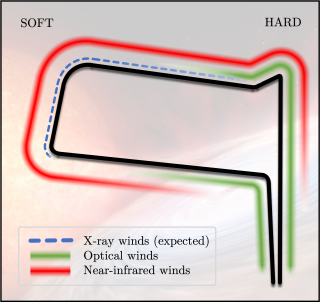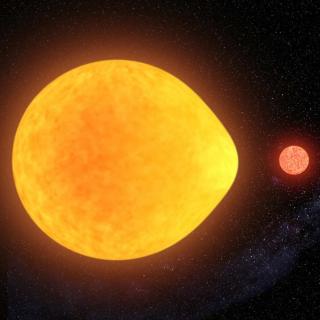
X-ray binaries are stellar systems composed of a compact object (either a stellar-mass black hole or a neutron star) and a donor star that transfers mass to the former. Outflows represent fundamental physical phenomena to understand accretion processes in these systems. Black holes show three types of outflows: radio-jets and optical winds during the hard accretion states, and highly ionised winds observed in X-rays during the soft states. The black hole transient MAXI J1820+070 showed optical winds with velocities up to 1800 km/s during the hard state of its 2018-2019 outburst. In this work
Advertised on




